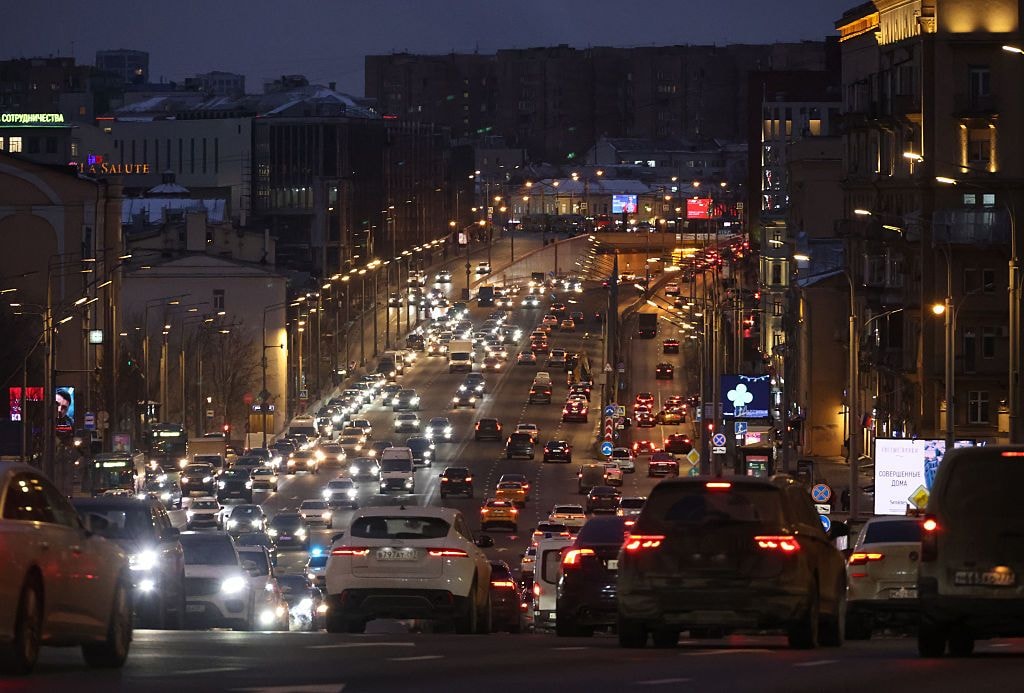PM Shmyhal: Ukraine relies on partners to cover $38 billion budget deficit in 2023

War-torn Ukraine relies on its foreign partners to face massive expenditures in the coming year, Ukrainian Prime Minister Denys Shmyhal said at a briefing on Sept. 14, detailing the 2023 budget bill.
According to the bill, Ukraine plans to spend $61.4 billion in 2023. Government revenue for the next year is estimated to reach just $31 billion. Given that Ukraine will also have to cover the government’s debt, the budget deficit may amount to around $38 billion, said Shmyhal.
To cover the hole in its coffers, Ukraine’s Cabinet of Ministers plans to borrow money from the International Monetary Fund (IMF), the European Union, and the United States. “The war is expensive. Very expensive,” Shmyhal said.
Ukraine is currently negotiating terms with its partners. Each month, starting in 2023, it aims to receive $1 billion from the European Union and $1.5 billion from the U.S.
The country also hopes to agree on $ 12 billion in financial aid with the IMF. According to Shmyhal, the IMF already agreed to allocate $1.4 billion to Ukraine during an informal meeting between Ukrainian officials and Kristalina Georgieva, the IMF’s managing director.
Ukraine would like to secure $42 billion in foreign financial aid in 2023, which would “completely cover the deficit” and help form “an additional security cushion.”
To be able to allocate more money to Ukraine’s military, the bill suggests cutting expenditures on state apparatuses by 25%, including officials' salaries. “The army will be fully funded, as it was this year, without delay,” said Shmyhal.
The Cabinet of Ministers will submit the bill to the Verkhovna Rada, Ukraine’s parliament, on Sept. 15.
Buying gas, coal for heating season
The prime minister said the winter will be challenging, despite Ukraine’s efforts to mitigate Russia’s energy blackmail. “Russia is effectively blackmailing all of us – the civilized world – and we have to survive this winter,” Shmyhal said.
Ukraine currently has 13 billion cubic meters of gas in storage; by October, it plans to buy two billion more from U.S. companies. For reference, Ukraine consumed roughly 27 billion cubic meters last year.
Ukraine is also negotiating with Scandinavian countries, including Norway, to shore up more gas supplies for a difficult winter ahead, according to Shmyhal.
Ukraine is also stocking up on coal. Currently, the country has 2.2 million tons of coal in storage. The country is aiming to have up to 2.5 million tons – the maximum capacity of warehouses in Ukraine – before the heating season, which usually starts in mid-October.
European integration
Meanwhile, Ukraine’s government is continuing to push for a quicker integration into the EU single market, especially regarding customs.
Ukraine has lost almost 80% of its export potential since the start of the full-scale war due to Russia’s blockade of Ukraine’s Black Sea ports. According to Shmyhal, the country needs to continue diversifying its export routes to compensate for the losses.
The prime minister, in particular, is looking to ease customs with Poland, Romania, and Hungary. “We are currently working on joint (border) control with our Polish, Romanian, and Hungarian colleagues to speed up the customs procedure,” he said. “Ideally, it should take 5-15 minutes.”
Ukraine is also asking the EU to suspend import duties for Ukrainian products for one more year. The bloc suspended import duties on Ukrainian goods in June 2022 to help the country’s economy amid the war.
This decision, Shmyhal thinks, may also speed up the process of making Ukraine a full member of the EU. The government has already developed a road map that describes how to do it in two years. “(The road map) fixes our bottlenecks and determines how to overcome them,” Shmyhal said.
"Achieving a political consensus will be a challenge, though,” he added. “We have to look for more arguments for our partners right now as Russia continues to exert its hybrid influence on the EU."










